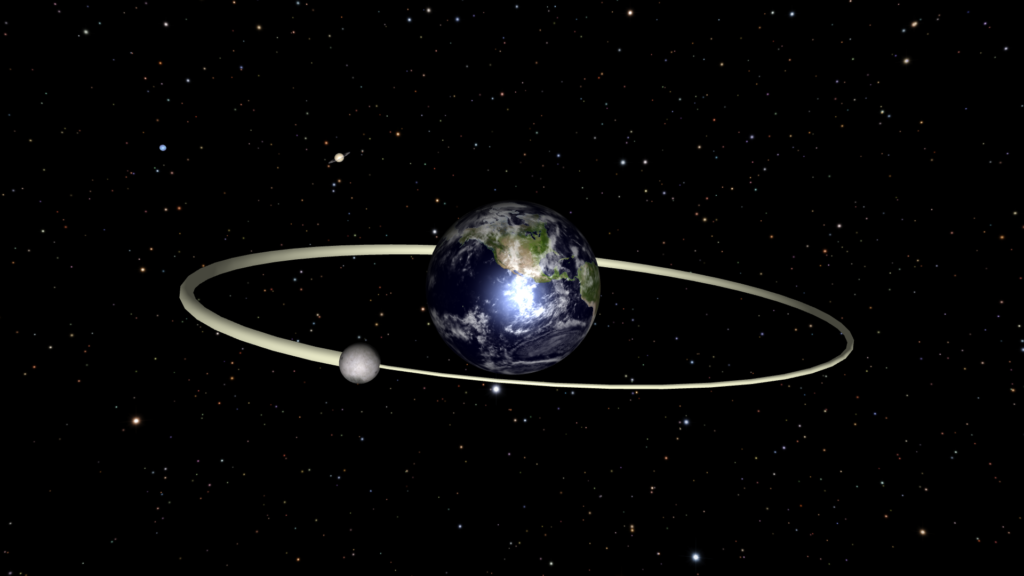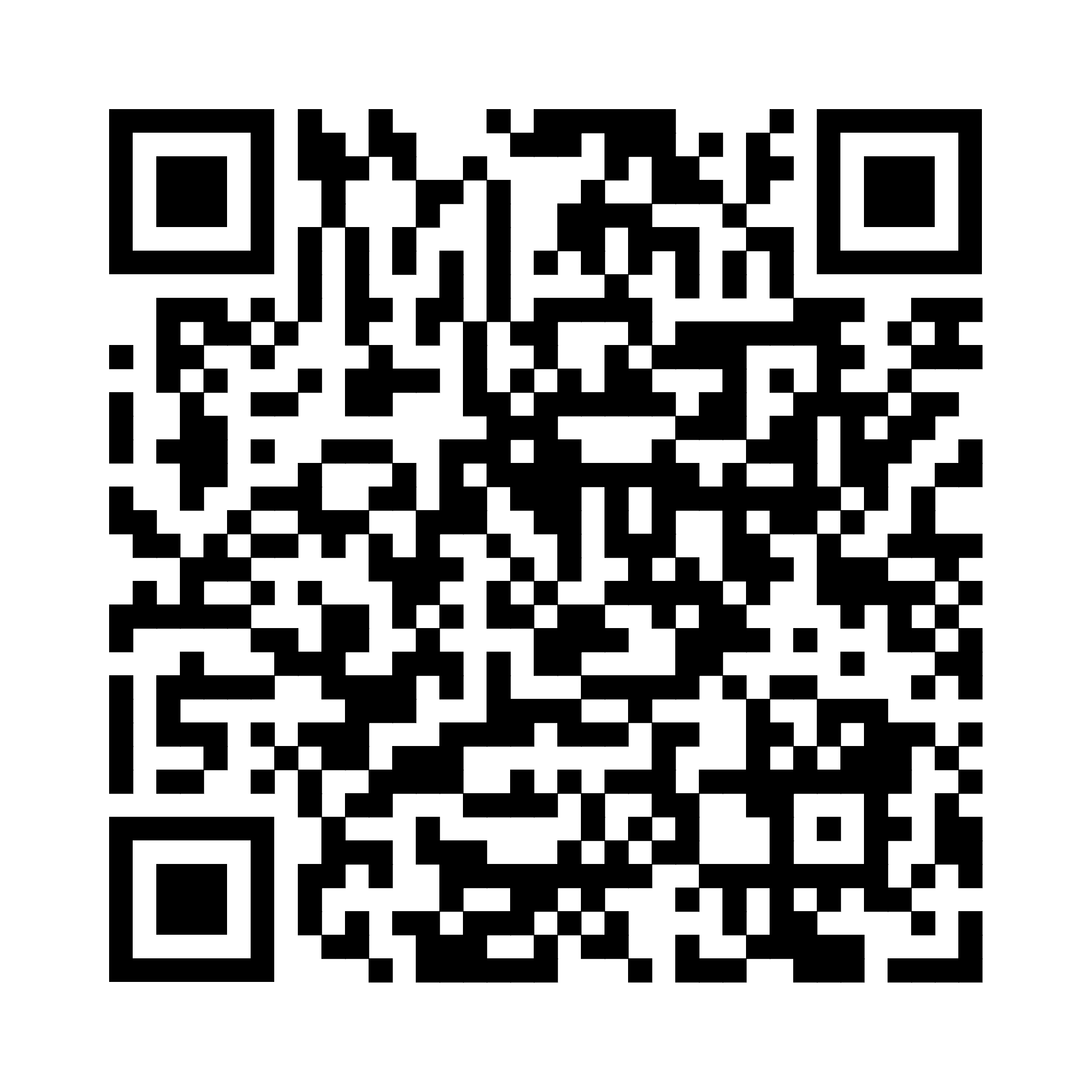On September 4, 2024, at 16:40 UTC, a small asteroid (meteoroid) 2024 RW1 burned up in the atmosphere over the Philippines. This video clearly shows the orbit and motion of this asteroid over the past few years. It also reveals the reason that led it to collide with the Earth.
The asteroid orbit is quite elongated and tilted only 0.5 degrees to the plane of the Earth orbit. At the point closest to the Sun (perihelion) it almost touches the orbit of Venus. At the farthest point (aphelion), the asteroid comes close enough to the orbit of Jupiter. During 2018–2019, Jupiter was located in this place of its orbit. And during those two years, the gas giant continuously acted on the asteroid with its gravity, noticeably distorting its orbit. After that, the asteroid continued to move in a modified orbit until it collided with our planet in September 2024. Thus, the cause of the collision is Jupiter, which changed the orbit of asteroid 2024 RW1 and sent it towards the Earth. Fortunately, the size of this small asteroid did not exceed two meters. Such asteroids usually burn up in the Earth atmosphere and do not cause damage. But if this asteroid were 10 times larger, it could cause destruction comparable to those that occurred in Chelyabinsk (Russia) in February 2013.
So, the asteroid 2024 RW1 was discovered on September 4, 2024, just a few hours before the collision with the Earth. This is only the ninth collision of an asteroid with our planet, predicted in advance. It was seen as a very faint star of the 21st magnitude. Its brightness allowed to conclude about the size of the asteroid. The analysis of the trajectory of this faint star helped to accurately predict the location of the asteroid impact – the island of Luzon, Philippines. The scientists’ predictions came true: the fireball flight was observed by a large number of people. A bright flash appeared on videos that were posted on various social media.
Modeling and rendering were performed by author of this publication using own software. The calculations took into account the mutual influence of the Sun, all the planets of the Solar System,the Moon and the asteroid. Relativistic effects were also taken into account in the calculation. Throughout part of this video, the sizes of celestial bodies are shown to be greatly exaggerated compared to the distances between them.
The track A Perceptible Shift by Andy G. Cohen sounds in this video. This track was not changed. Attribution 4.0 International license.





